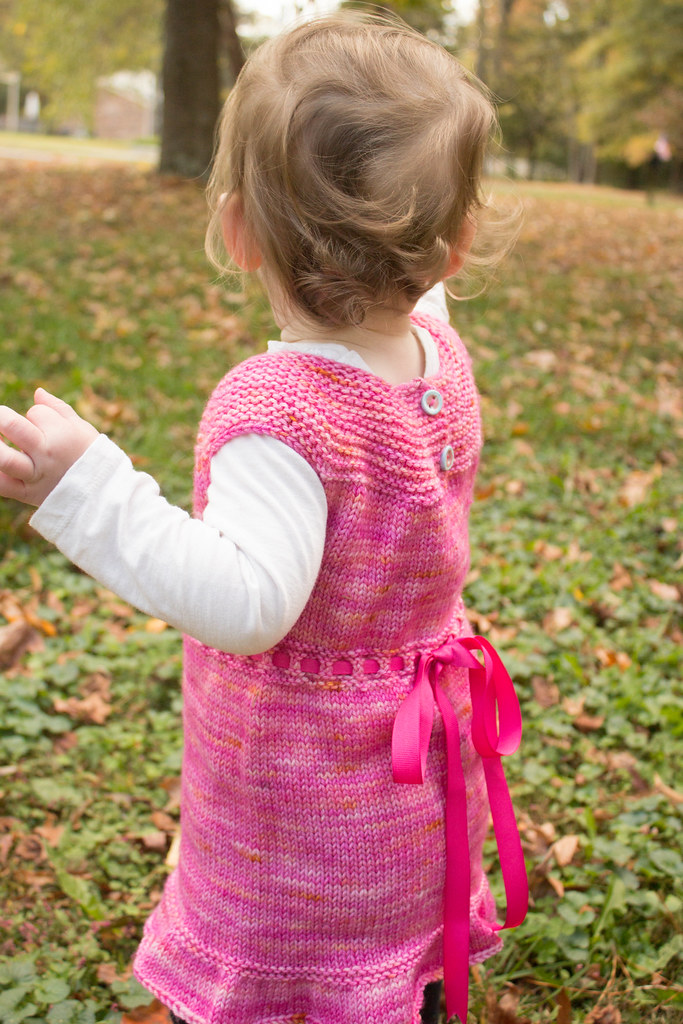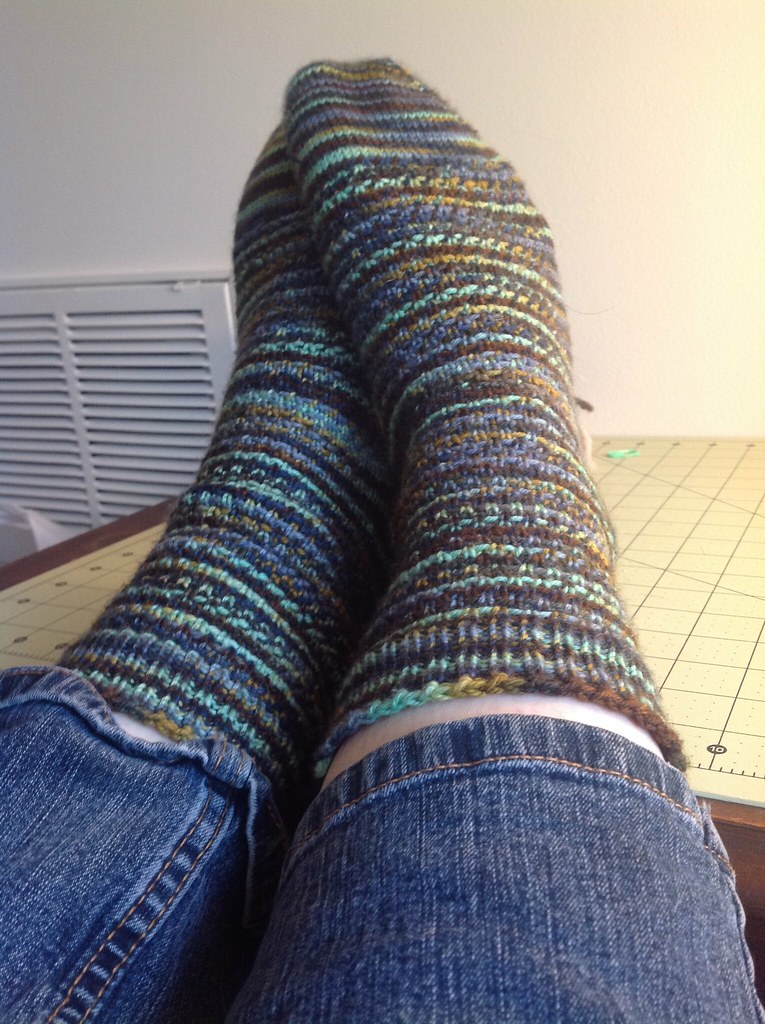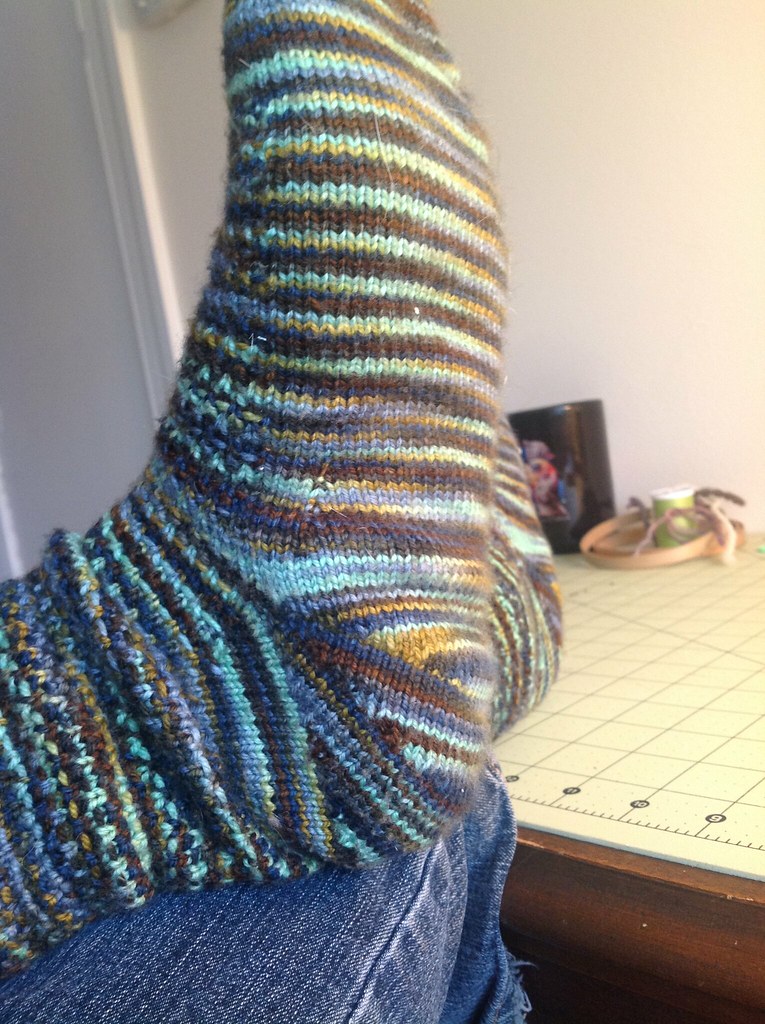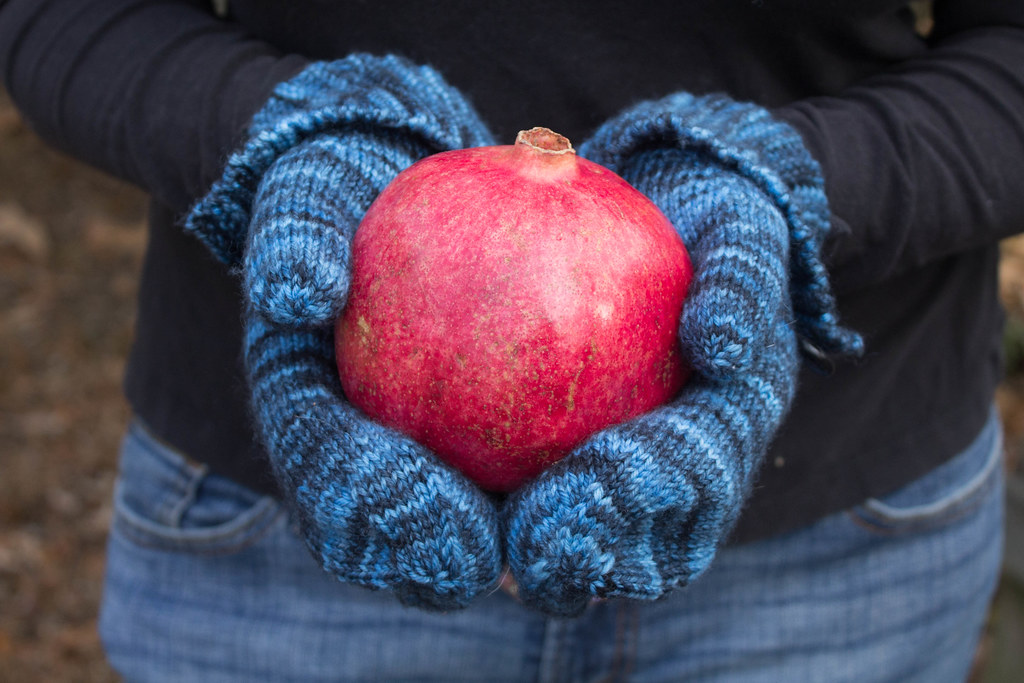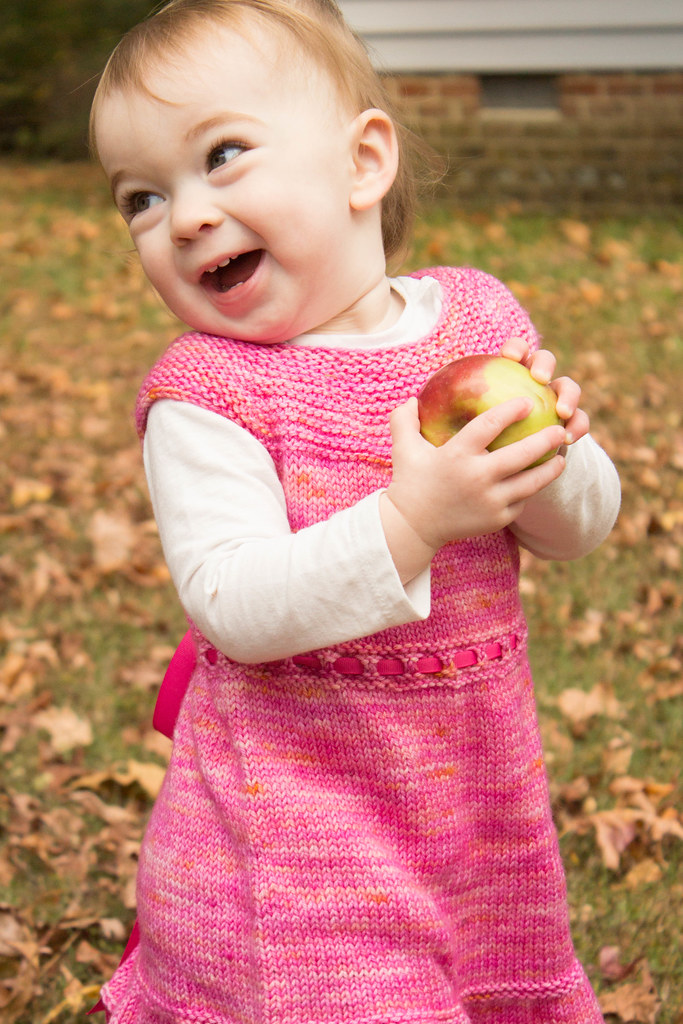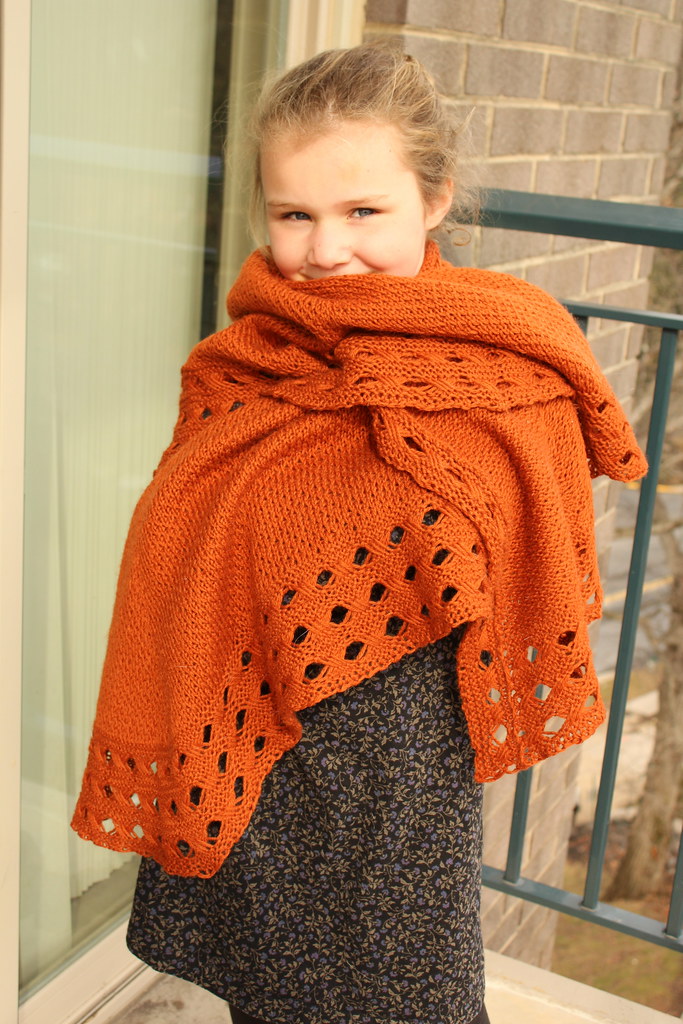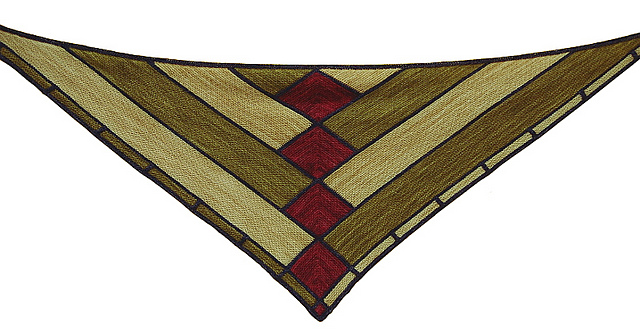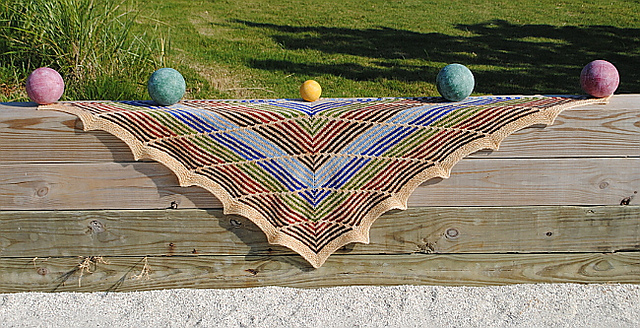
about a winter-themed book I loved as a child.
The book is not my own; I perhaps only read it a handful of times, as my first grade teacher had the book in her library. But the concept and drawings stamped themselves on my memory. The book is called Very Last First Time and is the story about a young Inuit girl named Eva. Eva and her mother are going to the ocean. They live in an area where the top of the ocean freezes during the winter, and at low tide a person can go under the ice and collect muscles and other seafood for eating. This is her first time going under the ice alone.
Very Last First Time is a story full of wonder as Eva and the reader see wondrous and strange sights below the ice become something happens, and Eva must problem solve to get safely to her mother.
I love this story for so many reasons: it’s the story of an adult allowing a child independence so they can explore and problem solve themselves. It’s a story of a very different way of life, and of things many people might not get to experience. And it’s a story of first times and last times – and how things will never quite be like the very first time you do something, when it is all wondrous and new.
That tension between first and last times is why the story has stuck in my mind all these years (that, and the idea of being able to go beneath the surface of the ocean), and why I still think about it today.
So much of my work is helping people with their first times: their first time knitting, or crocheting, or learning a new skill. I get to watch people’s faces light up with wonder as they master their first time, and as their first time transforms into their seventh and twelfth and twentieth, and the things which once were new become familiar.
This year is looking to be the year of many firsts – some I’ll be able to talk about soon, and some which will have to stay in my back pocket for a few more months.
Do you have a favorite book from childhood?









